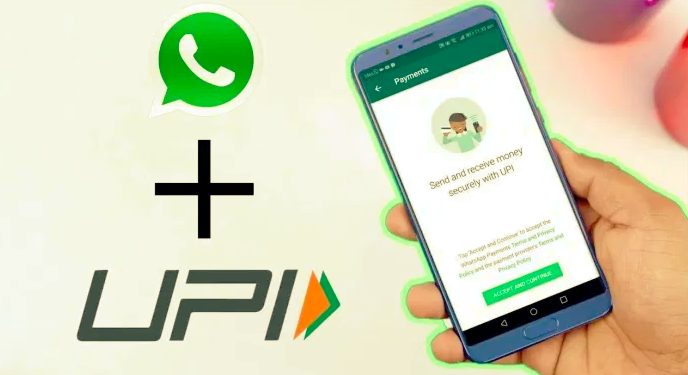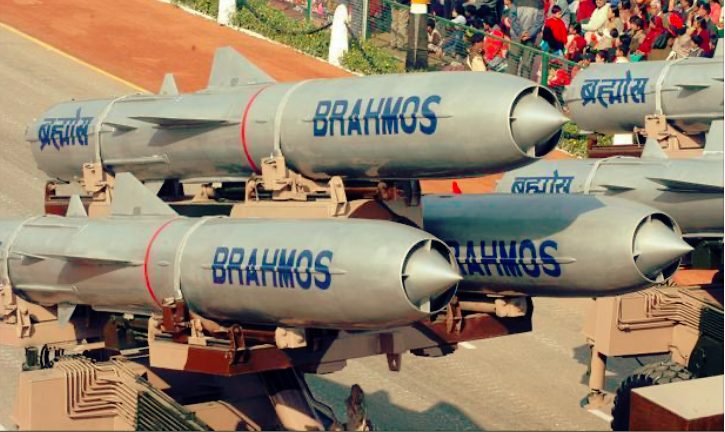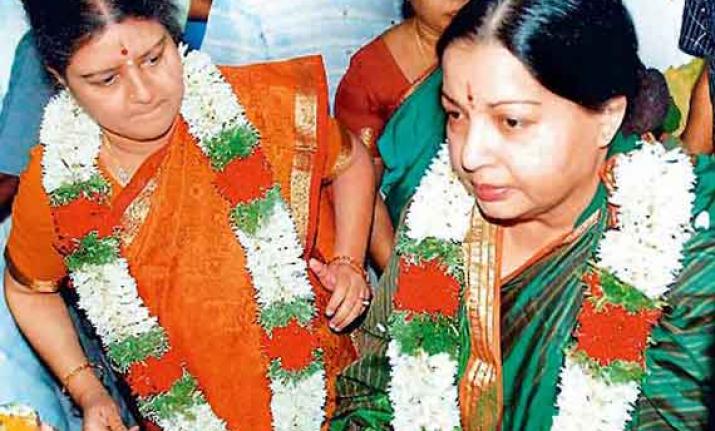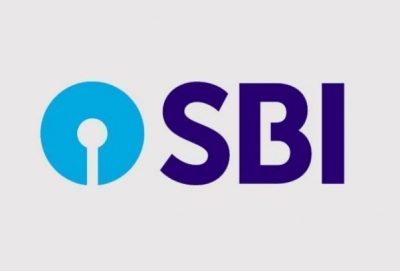Almost three years after being launched in a beta testing stage, NPCI has finally allowed WhatsApp to start payments with an initial limit of 20 million users.
The National Payments Corporation of India (NPCI), India’s flagship payments processor that operates the Unified Payments Infrastructure, on November 5 allowed WhatsApp
Payments to go live while introducing a 30 percent cap on the number of UPI transactions that can be processed by third-party apps like Google Pay, PhonePe and others.
The two decisions have the potential to change India’s digital payments landscape.
While WhatsApp, which had one million people using its beta app, can extend the payments service to another 19 million users, the 30 percent cap will provide a level playing field and prevent a monopoly from getting created on the UPI space.
Here are answers to some questions that have arisen following the decision that is expected to fast-track digitisation of payments in India:
Why has NPCI limited WhatsApp Pay users to 20 million?
As per its latest data, the Facebook-owned WhatsApp has around 400 million users in India.
If the payment service is opened for all of them in one go, it can overwhelm the Indian banking system.
This is the reason NPCI has given a limited the nod to WhatsApp.
However, bankers have told that eventually the cap will be extended.
What does the arrival of WhatsApp Pay mean for India’s payments ecosystem?
WhatsApp is the Indian equivalent of China’s “super-app” WeChat used for messaging, shopping and even hailing rides at least in terms of its reach as a messaging platform.
So, if you are chatting with a friend and she reminds you to settle the bill for a meal you had at a restaurant, all you have to do is click ‘Pay’, enter the amount and UPI pin and money will be sent to your friend.
You can also shop as you chat. If you want to buy groceries from the neighbourhood store, you share the list with the shopkeeper on WhatsApp, who checks the stock and sends the bill that you can pay immediately through the chat window itself.
Players like Paytm and PhonePe that have spent billions of dollars to create a 250-million plus registered user base are likely to feel threatened though it is interesting to see how it plays out.
WhatsApp can emerge as a dark horse in the UPI race, even Google Pay, the leader among payment apps, could feel the heat.
What are WhatsApp’s plans for India?
In a presentation earlier this year, Abhijit Bose, who heads WhatsApp in India, spoke about lending, insurance, banking and everything to be offered on the instant messaging application.
Coupled with that is Facebook’s massive investment in Reliance Jio, a major tech player in the country.
Will they drive the synergies of these tech behemoths? Probably yes, and that has the potential to transform India’s digitisation story.
Looks like interesting times ahead for the UPI. Won’t the NPCI’s 30 percent ceiling hinder its growth?
There is a reason NPCI announced the two decisions together. The limit—to be calculated on the total volume of UPI transactions in the previous three months will ensure that no monopoly is created on the UPI platform.
It also reassures other payments players that no single company gobbles up India’s growing digital payments pie.
NPCI wants multiple players on the UPI railroads and wants to encourage competition.
Capping the share of UPI players is the only way to ensure it. If industry voices are to be believed, Google Pay is understood to have already reached the 40 percent share of the overall 2 billion transactions on UPI, so has PhonePe.
This cap will ensure that bank apps, Paytm, PhonePe, Amazon Pay, Mobikwik, Google Pay and WhatsApp Payments all get a play.
But, hasn’t UPI been facing problems of failed transactions? What is the point of having the best technology players if UPI fails to deliver?
UPI transaction declines have shot up over the last few months but then the number of transactions doubled to 2 billion within a year, such a massive growth was never expected by banks that support these transactions.
State Bank of India alone processes more than 500 million UPI transactions every month.
No bank can scale-up servers and IT infrastructure at that pace. Banks are trying to invest and expand quickly but it will take a few months, sources have said.
Why did it take WhatsApp so long to go live?
WhatsApp, the most popular app in the country, has been trying to go live with digital payments in India since 2018.
It was the first payment application that the NPCI allowed as beta-testing app but with a limit of a million users.
The move triggered the first of many controversies as no other payments firm was allowed a beta testing stage. Then there was the issue of payment flow, which was said to be violating RBI’s two-factor authentication system.
Even as this was brewing, WhatsApp’s parent company Facebook got embroiled in a controversy over fake news and interference in election processes globally.
Questions were raised over security of user data. The matter has gone all the way to the Supreme Court, where a petition was filed on privacy issues around WhatsApp.
The bigger challenge was storing of data. Players like WhatsApp, Visa and Mastercard were storing Indian payments data outside the country, which was frowned upon. The players are working towards storing payments data in India only.
So, is everything sorted now?
Yes, data localisation issue has been settled since the RBI must have given a green signal for the launch of WhatsApp Pay.
NPCI is understood to have cleared the data localisation adherence of WhatsApp but the Supreme Court is still hearing the case. The legal process will continue even as the service has been opened for consumers.









